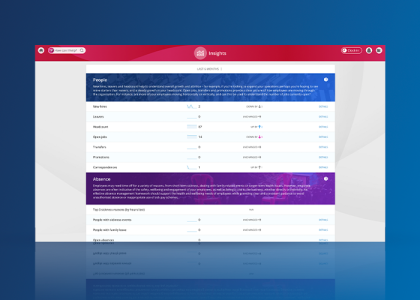What is data analytics?

What is data analytics in simple words? This blog contains everything you need to know about the function, and what techniques will make it really shine.
Defining data analytics
First off, let's ensure we're all on the same wavelength regarding data analytics. At its core, it's a comprehensive field that involves gathering, analyzing, and interpreting data, transforming this data into actionable insights to help an organization achieve its objectives through informed decision-making.
It's also crucial to distinguish between data analytics and data analysis. Though often used interchangeably, there are nuanced differences. Data analysis focuses on extracting meaning from data to make informed decisions. Data analytics, on the other hand, encompasses a broader scope and employs various data and tools to generate insights.
The importance of data analytics
Why is data analytics indispensable for businesses? The benefits are manifold, but its role in decision-making is paramount. Without data analytics, you're essentially flying blind, lacking the essential information needed for the most effective decision-making. It's the same as attempting to complete a puzzle with half the pieces missing.
Beyond facilitating data-driven decision-making, data analytics can also enhance customer experience quality and streamline everyday operations.
Types of techniques of data analytics
Understanding the four primary types of data analytics is vital for a well-rounded approach:
Descriptive analytics: This foundational method involves collecting data to identify past occurrences, such as the volume of sales within a specific timeframe.
Diagnostic analytics: This goes a step further by analyzing why certain events occurred. For instance, if there was a sales surge in the summer, diagnostic analytics seeks to uncover the reasons behind it.
Predictive analytics: Utilizing historical data, this approach forecasts future possibilities. It often involves creating models and other tools to delve deeper than the surface data. For example, if sales increased one summer, can we predict a similar trend for the next?
Prescriptive analytics: The most advanced analytics type, prescriptive analytics, offers recommended actions based on predictions. For instance, anticipating high summer sales, what steps can you take to ensure adequate stock levels?
Tools used in data analytics
Maximizing the benefits of data analytics requires equipping your team with the right tools.
The iTrent People Analytics Platform is one such tool. This cloud-based platform facilitates the extraction of HR data and its integration with data from across your organization, simplifying tracking and enabling the collection of more effective and actionable data.
Built around a central data model, the iTrent People Analytics Platform allows for more efficient operations without overburdening your resources.
This data can then be integrated into your corporate data solutions, such as a data warehouse, or used in other data-driven initiatives.
The future of data analytics
Data analytics is an ever-evolving field, and staying ahead means keeping your team informed and equipped. Key focuses include data democratization and decentralization, as well as leveraging real-time data to its fullest potential.
Achieving this while maintaining robust data hygiene and governance is challenging. That's why it's critical to provide your team with all the necessary tools to succeed.
Interested in diving deeper? Visit our data analytics page for more information


